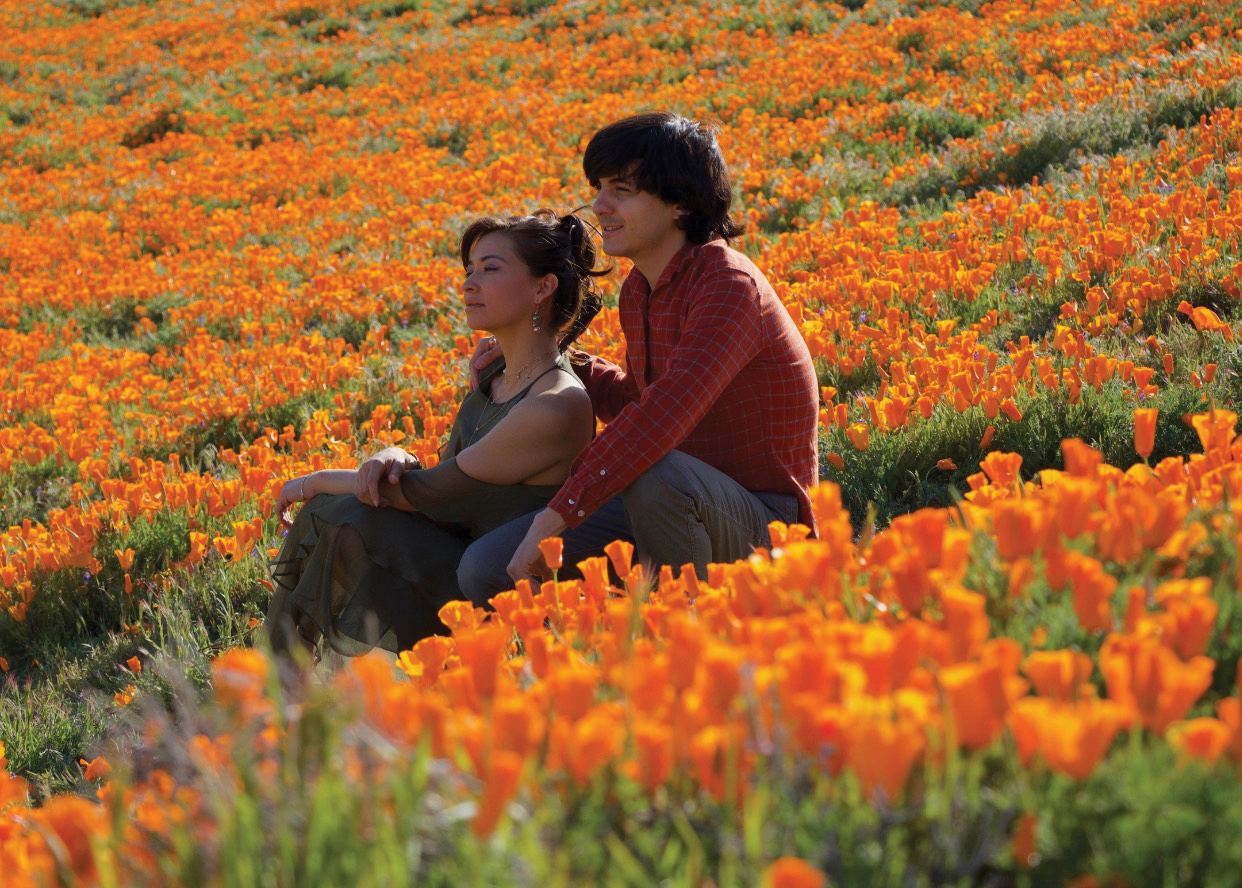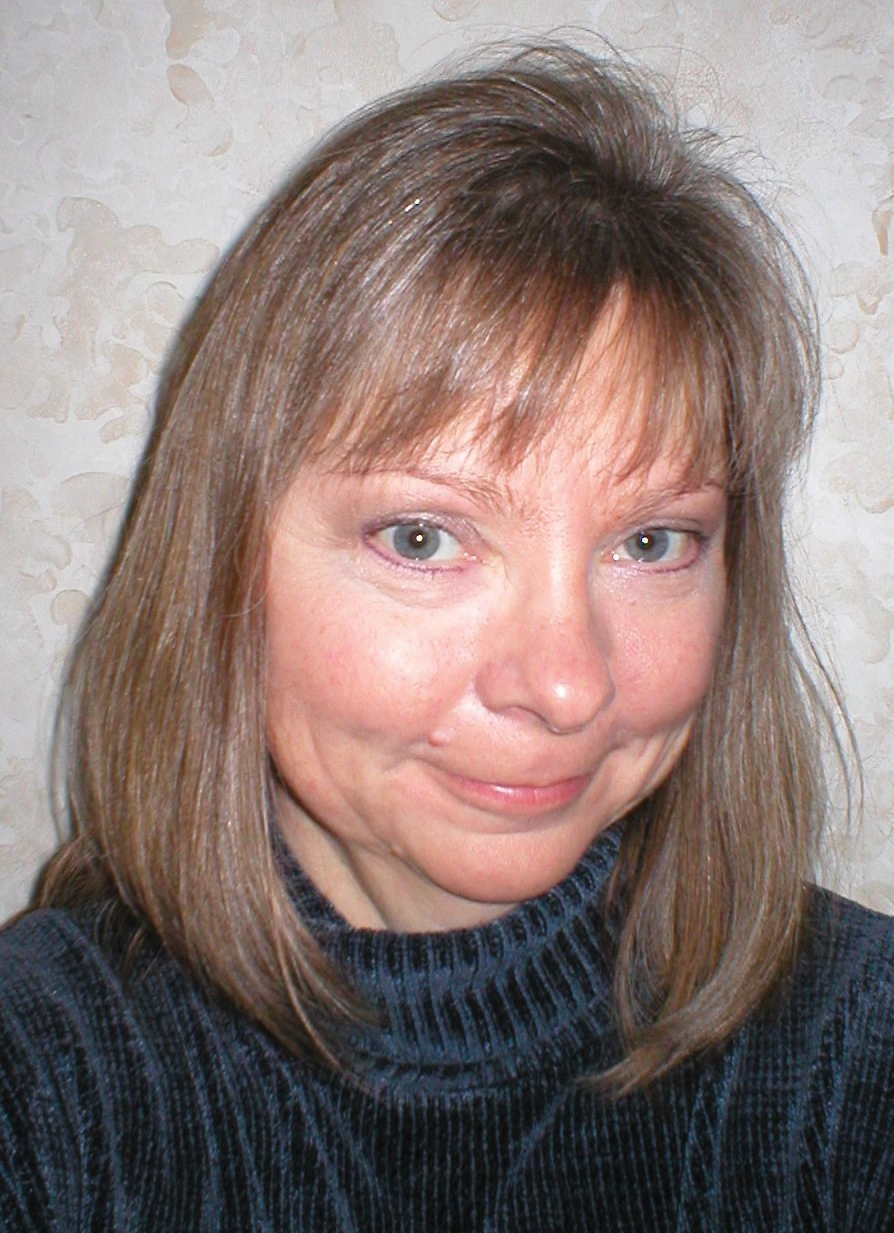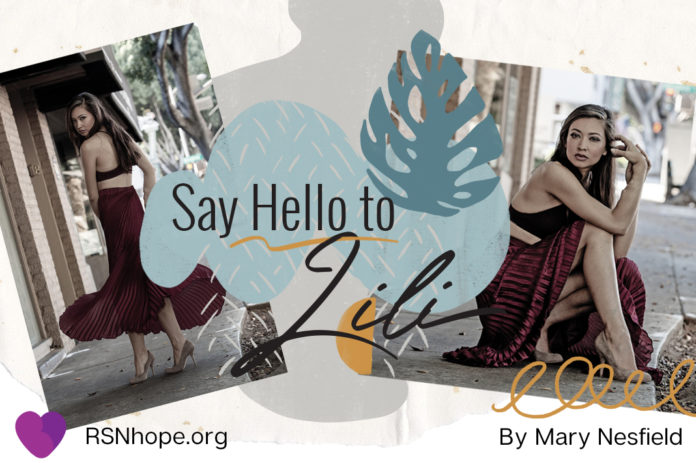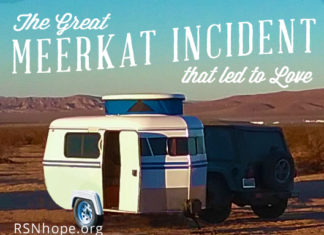Like so many people, Lili Lile never gave her kidneys a second thought. That is, until in 2011, at age 20, when she was diagnosed with kidney disease. Fear of dialysis gnawed at her. Hoping to avoid it, Lili was determined to change her lifestyle to become healthier. But at 3:00 a.m., in 2014, a wake-up call came when she was admitted into the hospital. Since first being diagnosed, Lili’s kidney functionality had plummeted from 28 percent to 8 percent. It was time to enter the world of kidney dialysis. I spoke with Lili, a strong and courageous singer, songwriter, musician, and certified yoga instructor, during her dialysis session.
How did you feel when you were diagnosed with kidney disease? I had no symptoms; I just felt weird, unbalanced. After a doctor visit, I was told to go to the hospital because my kidneys were failing. They did a biopsy and I stayed in the hospital for a week waiting for results. I was afraid of dialysis. They wanted to do a transplant, but the opportunity did not come. Being of Mexican heritage and growing up in America, my diet was rich in meat, carbs, and salt, so after I left the hospital, I went home and switched to a vegan diet and started doing yoga. That sustained me for three years until stress entered my life. Growing up I always had the energy to play sports, but I began to feel nauseous and tired. Protein showed up in my urine and my blood pressure was through the roof. I was admitted into the hospital and it was a huge wake-up call. They started dialysis through a chest catheter and a month later doctors inserted a fistula into my arm, which lowered my risk for infection.
How did the dialysis go using your fistula? The first time I did dialysis the tech infiltrated my fistula and that caused it to blow up like a balloon and bruise my entire arm. Doctors had to perform surgery to fix it, and then I had to wait a month for it to heal. I haven’t had any more problems since then, but ever since that day I am very particular about who I allow to put me on the machine and to take me off. I guide the techs on where to insert the needle and let them know they have to proceed slowly with me. Nevertheless, I am grateful to have that control and trust with my dialysis team.
What are the benefits of the fistula? Dialysis is easier for me; I don’t feel the needle going in. My doctor and I agree that I only need to have dialysis 2.5 to 3 hours twice a week because of three things: I still have some kidney functionality that allows me to urinate, I work closely with my dietician to monitor my food intake, and my labs are always stable. After each session I get a bandage and I’m good to go. My arm heals faster and that allows me to swim and work out more, and I can do yoga poses if I’m careful not to place too much strain on it.
Sometimes people ask about it [my fistula], but many have never even heard of dialysis. I try not to let it get me down because I know it’s just a lack of awareness of kidney disease and I have to be willing to educate people to bring it to the public consciousness.
Do you self-cannulate? Yes, I do. I just started, and it wasn’t hard to learn. I actually prefer it now. I’m in the process of switching to home hemo so I don’t have to leave my house. I hope to take the machine home soon.
What kinds of reactions do you get when people notice your fistula? It makes them uncomfortable. They think I’m doing drugs and look at me with disgust. Sometimes people ask about it, but many have never even heard of dialysis. I try not to let it get me down because I know it’s just a lack of awareness of kidney disease and I have to be willing to educate people to bring it to the public consciousness.
What gets you through the difficult times? It’s my very good support system. My friends are the nicest people on earth and my siblings are the sweetest kids. Most importantly, my fiancé, Jarl. He’s
an amazing partner and provides
the best caregiving that love can afford me.

How did it go when you first met this man who would become your fiancé? The first night we met I told him right off the bat that I have a life-threatening condition and explained how the fistula is my lifeline. It blew his mind, and made him realize how strong I am. Then our conversation turned to common interests like our poodles. They look alike, and even have the same name! It’s so “cartoony”—especially when we call one and they both come. Now, after my dialysis sessions, both dogs seem to sense my vulnerability and want to protect me. One guards my arm while the other one lies at my feet.
Does your fistula make sounds? Yes! You can hear my blood flow 24/7. It sounds like the ocean. My fiancé is a musician, and he finds it soothing. He says it sounds like music to his ears. If you touch it, it’s like a vibrating pulse. Whenever I feel down, Jarl will gently put his hand on it and that small gesture is a reminder that I am strong!
In what ways has kidney disease changed your life? When I was diagnosed, it encouraged me to become my own chef. I really enjoy cooking. It’s an art and a pleasure. Being a vegan is all about adjusting to a plant-based diet for CKD—using herbs and spices to change things up is key when avoiding excess sodium. It’s about having a relationship with the foods that love me, and
feeling good.
Are you hoping for a kidney transplant? That’s the goal. There are so many people waiting. I did have some volunteer donors a while back but each one fell through. At first, I felt angry about that. I had hoped that if I got a transplant, I might never have to go back for dialysis, but I have come a long way since then. I am still here, and the bright side is in knowing my diagnosis has given me a greater purpose, and that is to help others with CKD.
If you could go back in time, what advice would you give your younger self? Never lose hope! The universe sent me a message to take better care of myself, which meant eating good food, getting my body moving, and doing things that I enjoy. Always get a good laugh in every day, it really is the best medicine. And always remember, we are loved.
 Mary Nesfield has enjoyed a long career in magazine publishing. She is a freelance writer and editor for Renal Support Network and works from her home in Columbia, South Carolina.
Mary Nesfield has enjoyed a long career in magazine publishing. She is a freelance writer and editor for Renal Support Network and works from her home in Columbia, South Carolina.
Web ID 4026
Title Photo Credits: Transplant recipient Michael Anthony Hermogeno, Photographer; Lili Lile, Model; Trisha Kwan, Hair and Makeup







